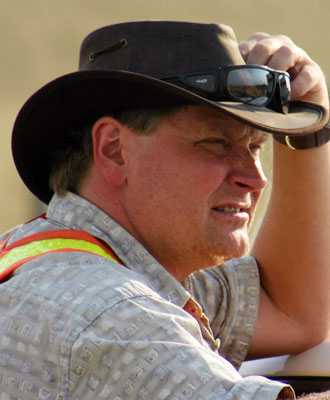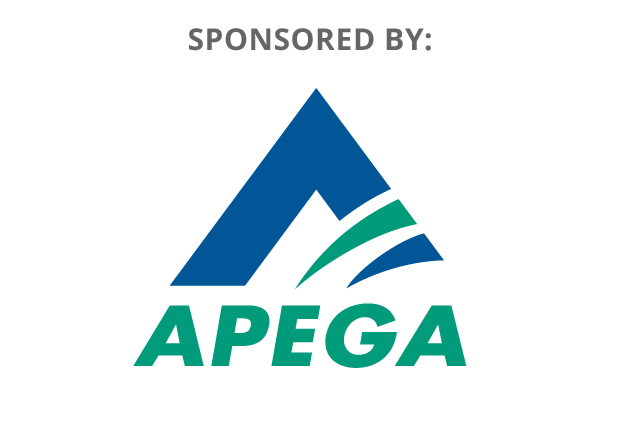Abstract
Although relatively rare on human time scales, devastating hypervelocity impacts of extraterrestrial bodies to the earth have played a role in the development of earth's climate and in the evolution of life. This realization has really only developed over the last half century, with many Canadian scientists making important early contributions. Much remains to be learned about these structures particularly with regards to how they take shape in the seconds and minutes after the impact. Geophysics can help us peek into these structures from the surface and scientific drilling allows us to lift the covers. I will discuss our work towards understanding such structures using examples from the Bosumtwi structure, Ghana; the Bow City Structure, Alberta; and most recently the Chicxulub Structure, Yucatan. The Bosumtwi Structure is an ~ 8 km diameter crater created about 1 Ma. Seismic profiling across the crater showed the existence of a clear central peak. We carried out high resolution vertical seismic profiles (VSP's) within this peak that confirmed that it was essentially seismically ‘transparent' (due to high scattering). Further, the material seismic wave speeds were substantially lower that those expected to provide the first hints that damage strongly affects the mechanical properties. The Bow City, Alberta, Structure is hidden from the surface and only discovered during regional stratigraphic mapping of near surface formations by the Alberta Geological Survey. A combination of legacy industry data and our own high-resolution profiling revealed both normal faulting due to block slumping at the crater edge and a complex central peak. Seismic wave speed tomographic analysis, too, show decreased P-wave speeds beneath the central peak. Finally, we recently participated in the ICDP/IODP Exp. 364 Chicxulub Impact Drilling Project being responsible for carrying out the vertical seismic profiles. The impact that produced this >20 km diameter structure occurred at the Cretaceous-Paleogene boundary (but as this is a geophysical talk I can get away using K-T boundary). Such a large project includes many researchers and a wealth of data for comparison. Earlier marine seismic profiling outlined the ‘peak ring' structure giving indications of anomalously low seismic velocities. These were all confirmed during drilling in sonic logs, the VSP, and from the core. The core consisted of blocks of highly damaged granite displaced from deep in the crust interspersed with mixtures of melt/rock mix. Velocities and densities indicate unexpectedly high porosities. Measurements on the core under pressure in the Alberta/Purdue Experimental Geophysics Group Rock Physics lab also confirm the anomalously low wave speeds. However, the velocity deficits in the granite appear related to extensive microcrack damage while those in the melts may arise from open pore spaces as seen in micro-CT imaging. The damaged granites will hopefully lead us to some estimates of the intensity of the shock waves that the rock was subject to in the impact. During this, I hope to also instill some of the sense of hard work and fun that comes from being involved with such highly collaborative, multidisciplinary scientific drilling projects.
Biography
Doug Schmitt is the Stephen and Karen Brand Professor of Unconventional Resources in the Dept. of Earth, Atmospheric, and Planetary Sciences at Purdue University since January this year, after completing 29 years in the Dept. of Physics at the University of Alberta. Doug leads the Experimental Geophysics Group, a hands-on team that conducts a variety of field and unique laboratory rock physics and geomechanics experiments. Notably, numerous scientific drilling projects have sought out this expertise; and his team has now worked on over a dozen projects on six continents in environments ranging from the equator to both the Artic and Antarctic. Doug is a graduate of the University of Lethbridge and the California Inst. of Technology, and has worked as an exploration geophysicist in Calgary and as a postdoctoral researcher at Stanford University. He recently completed two terms as a Canada Research Chair in Rock Physics. He has also recently been named an editor of the Tier 1 Journal of Geophysical Research-Solid Earth and continues into a 16th year on the Board of Examiners for APEGA.






